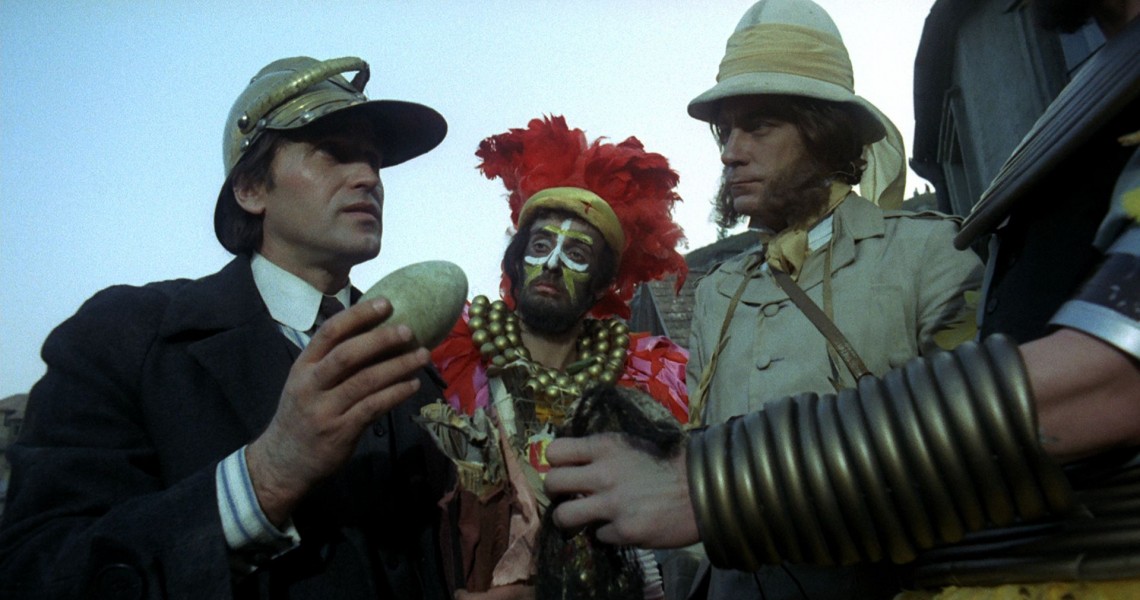
Nations as diverse as France, Italy, Poland, and Japan have each had a great amount of films released throughout the 70s, masterpieces that shifted the cinematic realm and progressively and defiantly redefined the rules of filmmaking (if there ever were any). Unfortunately, many of these films faced censorship issues and were sometimes banned from many countries (including their own) until only recently.
Now that censorship laws have relaxed considerably since the 70s, we can now look back on the great non-English-speaking films produced by the insane talents abroad. Some of these films have found great acclaim (whether at the time of release or only in recent years), but here are some lesser-known foreign films from the 70s that deserve to be as well regarded and talked about as their more popular contemporaries.
1. The Confession (L’aveu) – 1970
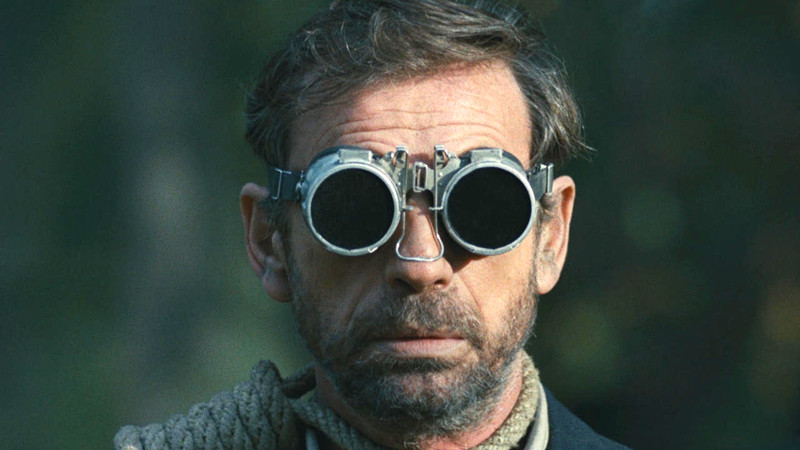
World cinema was shot through its centre when Costa-Gavras’ “Z” was released in 1969. Critically acclaimed, nominated for many awards, and an inspiration for many classic 70s American films including “The French Connection”, Gavras followed it up with an even more fiercely political film about conservative Czechoslovakia’s stronghold on the communists of its country.
Artur London (Yves Montand) is the Undersecretary of Foreign Affairs for Czechoslovakia’s communist party, but believes he is being watched. Soon enough, he is kidnapped and made a political prisoner, torturously deprived, and much of the film’s running time is spent with Czech officials trying to coerce him into giving false confessions that will prosecute him.
As needfully repetitive and reiterative this section of the film may be, it’s riveting to see how fierce the officials are in trying to brainwash Artur and how he determinedly does not give in to their orders, no matter how long they torture him.
The acting from both Montand and the crew that make up the many officials are incredibly strong (and incredibly shouty), and it’s performances like these that show what kind of conflict arises from two different people with opposing political ideals.
The real Artur London wrote about his experiences as a political prisoner in the 50s with the book of the same name, which was released in 1968, giving Gavras and his talented filmmakers just two years to adapt it into this stirring film that is not so much a political statement, but a strong criticism against totalitarianism that pervades the government and the press. It’s still relevant to this day, but was even more so in 1970, and even more so in the 50s.
2. W.R.: Mysteries of the Organism (W.R. – Misterije organizma) – 1971
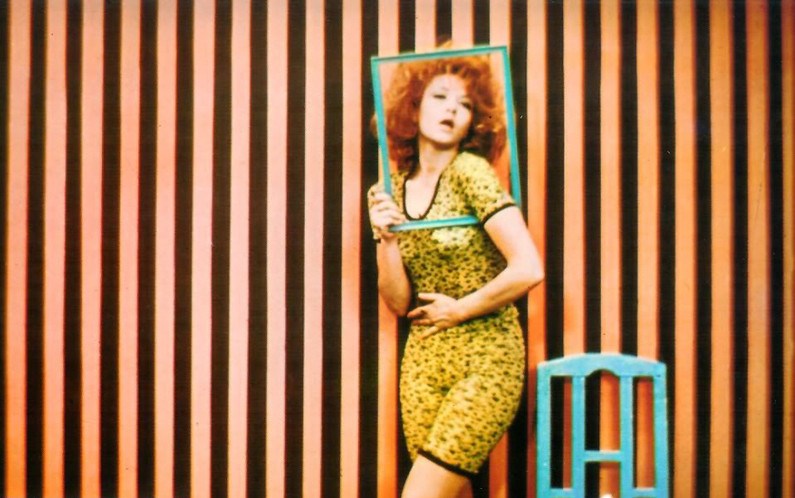
It can be hard to talk about compilation films, because of which part of the film to talk about first. Although the W.R. in the title refers to Wilhelm Reich, and the film discusses and presents his work in sexuality, there is also the story of a political activist, Milena (Milena Dravić), who betrays her beliefs when she sexually pursues the classist and elitist Vladimir Ilych (Ivica Vidović).
Interspersed in this story is documentary footage, some of which from Reich himself (or disciples of Reich), explaining sexuality as protest in communist Yugoslavia, as well as footage from the Stalinist propaganda film “The Vow” and recreated scenes from Sergei Eisenstein films.
All of these different elements come together as commentary on the intersectionality between communist politics and sexual liberation, identifying the contrast between the two.
Densely compacted into just 85 minutes, the film was a politically charged piece of work that inevitably upset the authorities so much that they banned the film and then convicted its director Dušan Makavejev on the grounds of derision, which resulted in his exile from Yugoslavia.
Fortunately, the film was only banned in the country for the next 16 years, and Makavejev’s exile came to an end soon as well, and we should all be thankful that we are now free to view this phenomenal part-satire and part-documentary on all things political and sexual.
3. The Devil (Diabel) – 1972
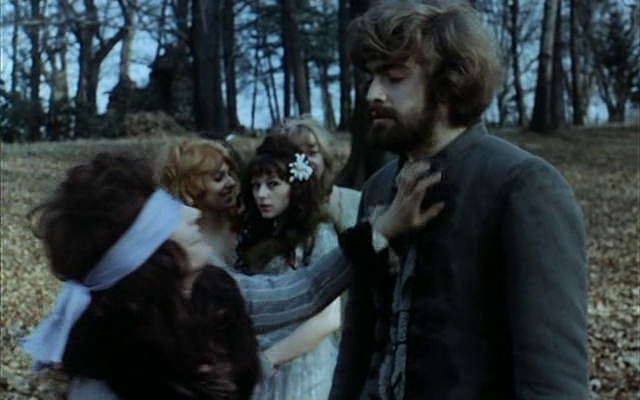
The year 2016 saw the demise of many great filmmakers, especially from the art house world. One of whom was Polish filmmaker Andrzej Zulawski, who just before his passing, broke his 15-year absence in filmmaking with his new directorial effort, “Cosmos” (which is about as batty and in tune with Zulawski’s style than any of his other films).
Although the surrealist Polish filmmakers throughout the 60s and 70s tried to out-weird each other, like Walerian Borowczyk and Wojciech Jerzy Has, it was Żuławski who consistently put out film after film that tried, in their own maddening ways, to create a new kind of cinema that could only come from the insane den of Polish art (even their film posters look amazingly barmy).
Even in just his second film, he was doing just that with this incredible look back on Poland during Prussia’s 1793 invasion. It started off strong with a shockingly violent and visceral opening sequence, where prisoner Jakub (Leszek Teleszynski) is “rescued” and released from his prison, but he becomes mad when he sees what fates to which his country and his family have succumbed, so he does what anyone in a Zulawski film would do in this sort of situation – he starts mindlessly and violently murdering people. If this sort of dark and hollow expose on primitive madness sounds like your cup of tea, then “The Devil”, along with most of Zulawski’s similarly bonkers oeuvre, are worth your time.
4. Dirty Money (Un Flic) – 1972
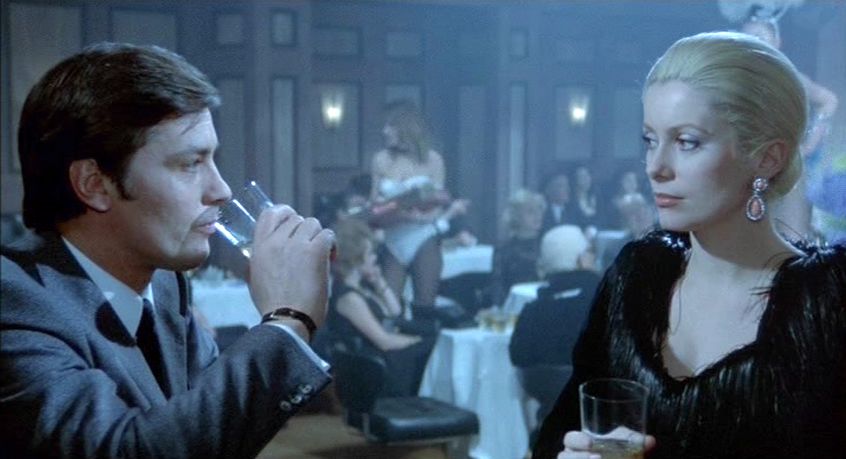
French filmmaker Jean-Pierre Melville wasn’t one of the most experimental or introspective figures of the French New Wave, but he did direct some of France’s best (and certainly coolest) films during this era, with classic thrillers such as “Bob the Gambler”, “Army of Shadows”, “Le Samurai”, and “The Red Circle”. Before his untimely death at just 55 years old, Melville’s last film “Dirty Money” was as quintessentially caper-orientated and stylistically austere as his previous works.
Translated to “A Cop”, “Un Flic” stars Melville regular Alain Delon as the titular cop, Commissaire Edouard Coleman, who is investigating a bank robbery that left one of the burglars wounded. The lead burglar, Simon (Richard Crenna), is friends with Edouard and although he must keep Edouard oblivious to his recent crime, a heroin shipment on a train may bring them together and bust the bank robbers.
Tensions rise higher and higher as we see, through these dual stories, both perspectives of the cop and the criminal, which really reach a crescendo during the heroin theft in the train scene. It’s a quintessential 70’s thriller scene that plays out nearly in real time and done entirely realistically, with no music, no big fight scenes, no explosions, but will get any viewers’ palms (and perhaps other regions) sweaty from the heart-stopping intensity of such a quiet crime-thriller moment.
Fairly similar to “The Red Circle”, though debatably more involving and less languid, Melville’s final film is a worthy one that deserves to be regarded as one of the finest thrillers that emerged from the French New Wave.
5. The Hourglass Sanatorium (Sanatorium pod klepsydrą) – 1973
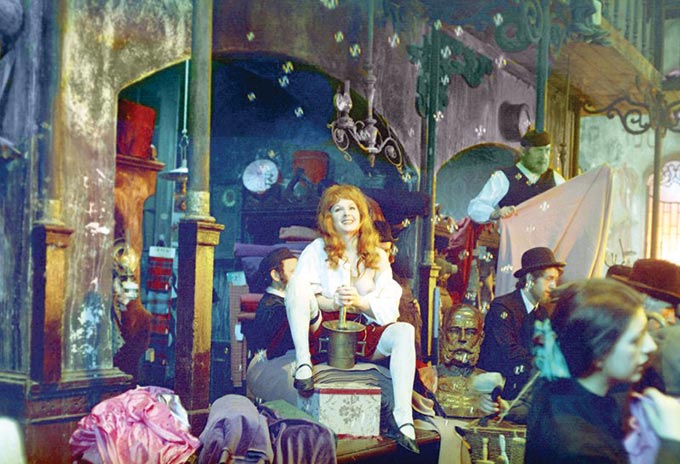
A strong contender for one of the most European films ever made, “The Hourglass Sanatorium” has little regard for your usual plot structure as it moves from one bizarre set-piece to the next in a labyrinthine and fairly Terry Gilliam-esque manner. In this adaptation of “Sanatorium Under the Sign of the Hourglass” by Bruno Schulz, the sanatorium itself is where Józef (Jan Nowicki) travels to visit his dying father, but when he arrives, he finds the place seemingly overrun by its own patients.
So begins this phantasmagoria of surreal interactions, memory recollections, and dream-like scenarios that make up this non-narrative exploration of the half-conscious state, which culminates in some musings on World War II (which is especially poignant given that Bruno Schulz was killed by a Nazi in occupied Poland).
All of these sequences that make up this film are host to an array of wondrous imagery that is sometimes feverous and sometimes calming, though which establish a progressing and unusual journey for the main character as he drifts from his memories, dreams, real life, and a mixture of all three.